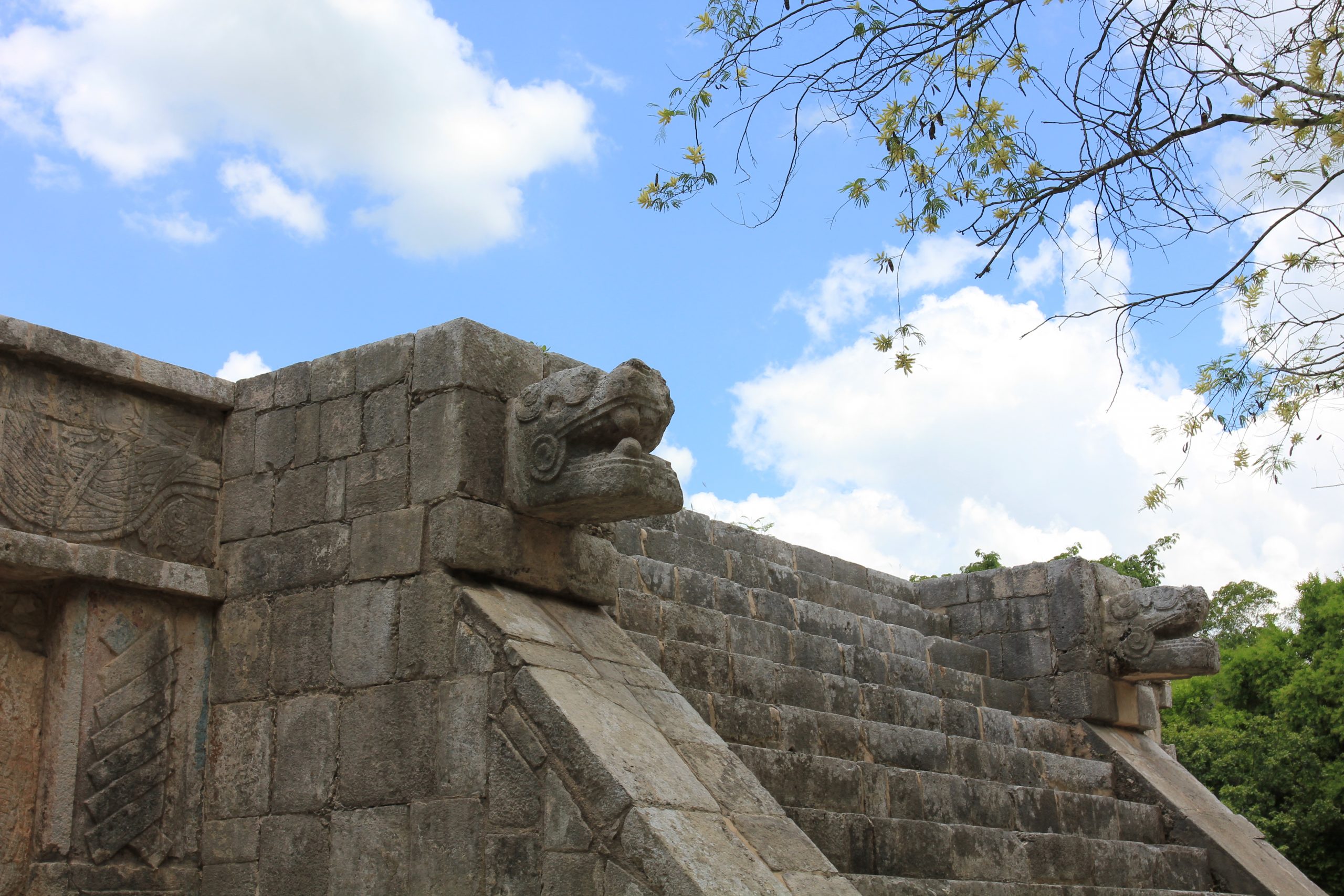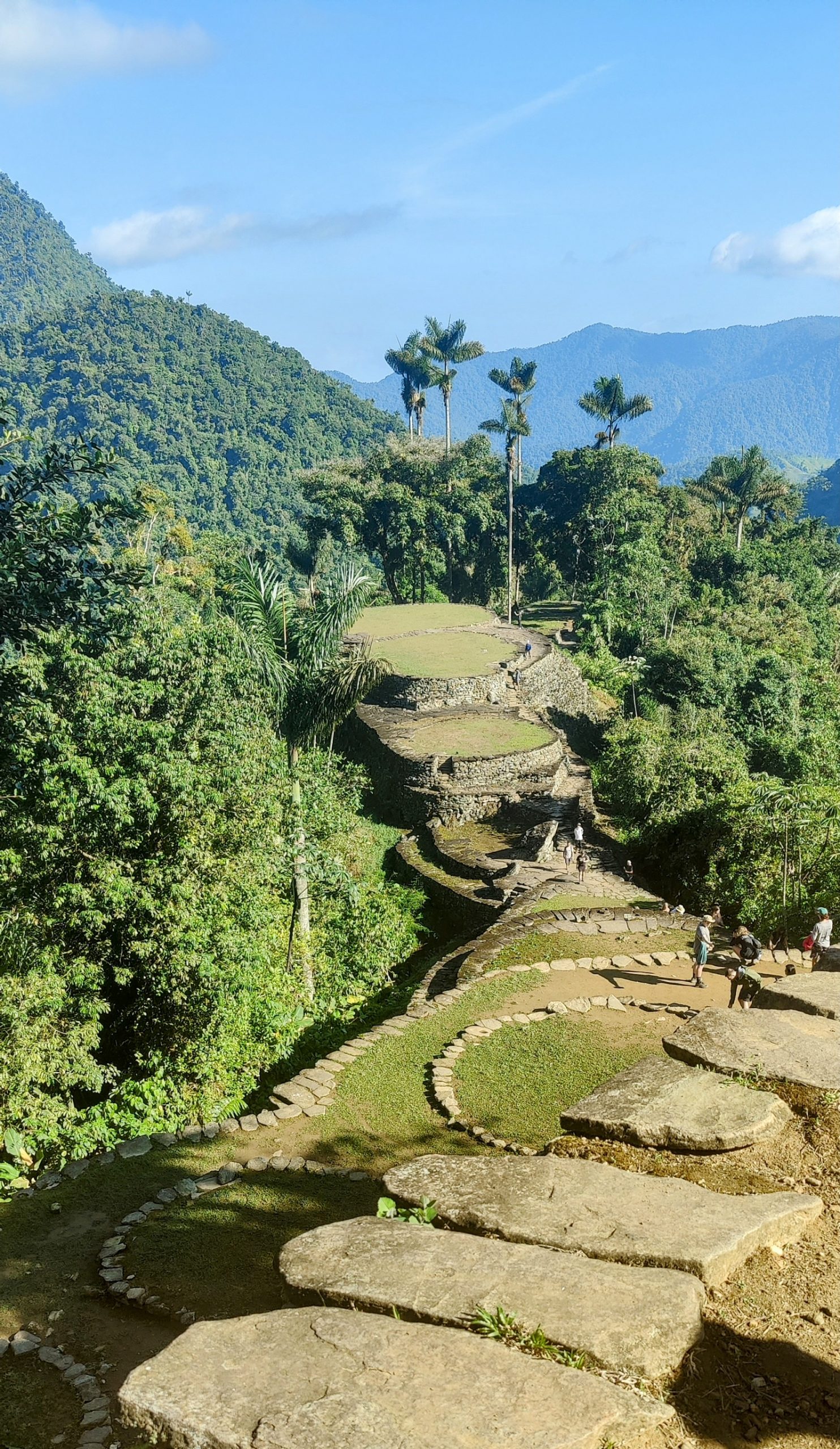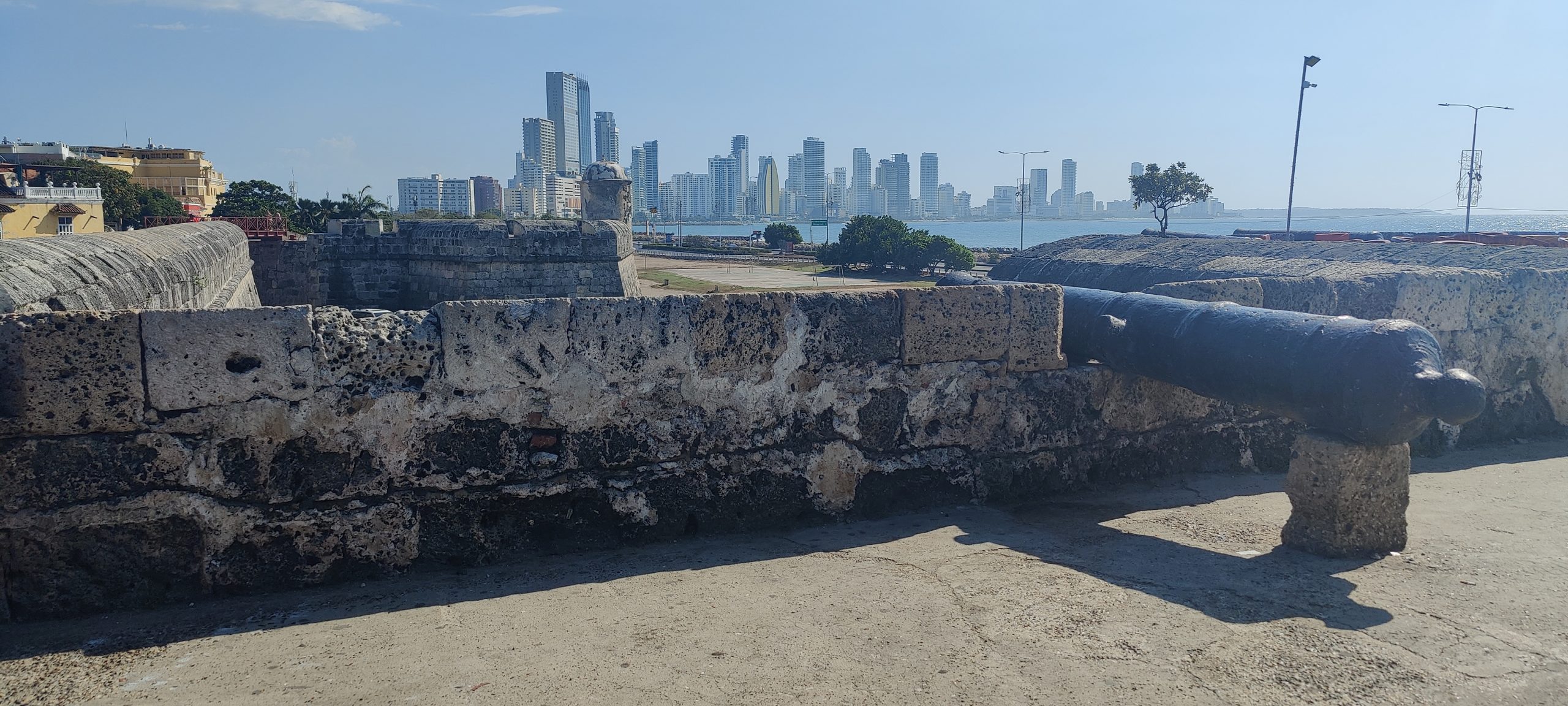While we were docked in Puerto Morelos, we rented a car and took a 3-day road trip to Merida to visit Chichen Itza, Uxmal and a Cenote at Takanch Ha.
CHICHEN ITZA
First stop was Chichen Itza, meaning “at the mouth of the well of Itza”. It was one of the most significant cities of the Mayan civilization from the 10th to the 13th century CE and today it is a UNESCO World Heritage Site and one of the worlds new seven wonders.
The layout of the site reflects complex urban planning and advanced architecture, with careful consideration given to celestial bodies, sunlight and the hierarchical organization of Mayan society.
El Castillo, also known as the Temple of Kukulcan, is an iconic pyramid with 365 steps representing the Mayan calendar. The Mayans, who were skilled astronomers and mathematicians, designed El Castillo with a deep understanding of celestial movements. The angle of the pyramid’s staircase, combined with the precise orientation of the structure, causes the sunlight to cast triangular shadows that resemble the body of a snake. This snake imagery is closely associated with Kukulkan, the feathered serpent deity of the Mayan culture.
During the spring and autumn equinoxes, when the sun is positioned directly above the equator, a stunning visual effect takes place on the northern staircase of El Castillo. As the sun sets, the play of light and shadow creates the illusion of a slithering snake descending the pyramid’s steps. The phenomenon starts at the top of the pyramid and gradually moves down until the snake’s head aligns with the stone serpent heads at the base of the structure.
Thes tructure of the El Castillo also reveals the Mayan people’s insight in acoustics. Our guide asked us to stand in front of the staircase on the northern side of El Castillo and clap our hands or make a loud sound. We then experienced a distinct echo, like a bird singing. The pyramid’s staircase and walls are designed in a way that reflects sound waves back towards the listener, creating an echoing effect. This phenomenon is believed to be intentionally designed to enhance the ceremonial experience and amplify the voice of the speaker.
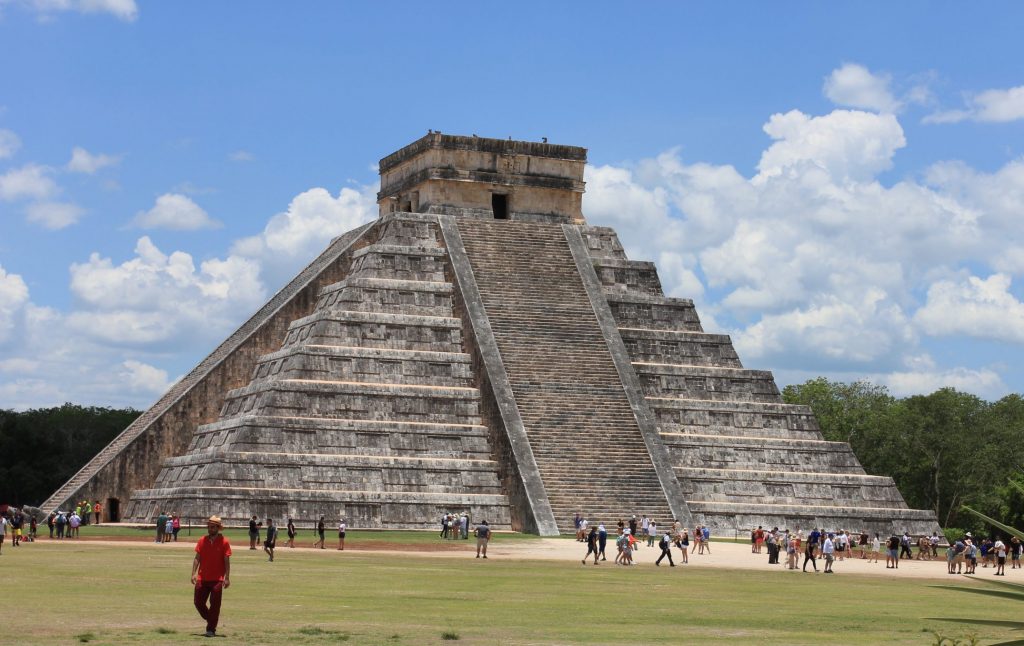
The Great Ball Court is the largest ancient Mesoamerican ball court ever discovered and highlights the importance of this game in Mayan culture.
The Ballgame was not just a recreational activity but also had ritualistic and ceremonial aspects. It was often played during religious festivals and important events. Winners of the game were seen as champions and may have been rewarded with various honors and privileges. Some of the carvings in the stone walls indicate that loosers lost their heads. If it is only metaphorical, is not known for sure.
Just as we experienced in front of the El Castillo, the acoustics of the ball court was thorughly planned. One can stand at one end of the huge ball court and talk to someone at the other end. It was amazing to experience that on site.

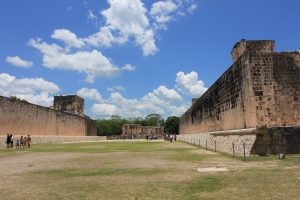
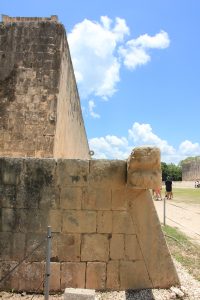
Chichen Itza also features the Temple of the Jaguars, the Observatory, and the Sacred Cenote, a natural sinkhole considered sacred by the Maya. It provided them with freshwater from the underground, but it was also used for sacrifice in difficult times. There has been a few scientific diving expeditons to the bottom revealing expensive jewelery along with remains of child and women skeletons persumably sacrificed to the Gods.
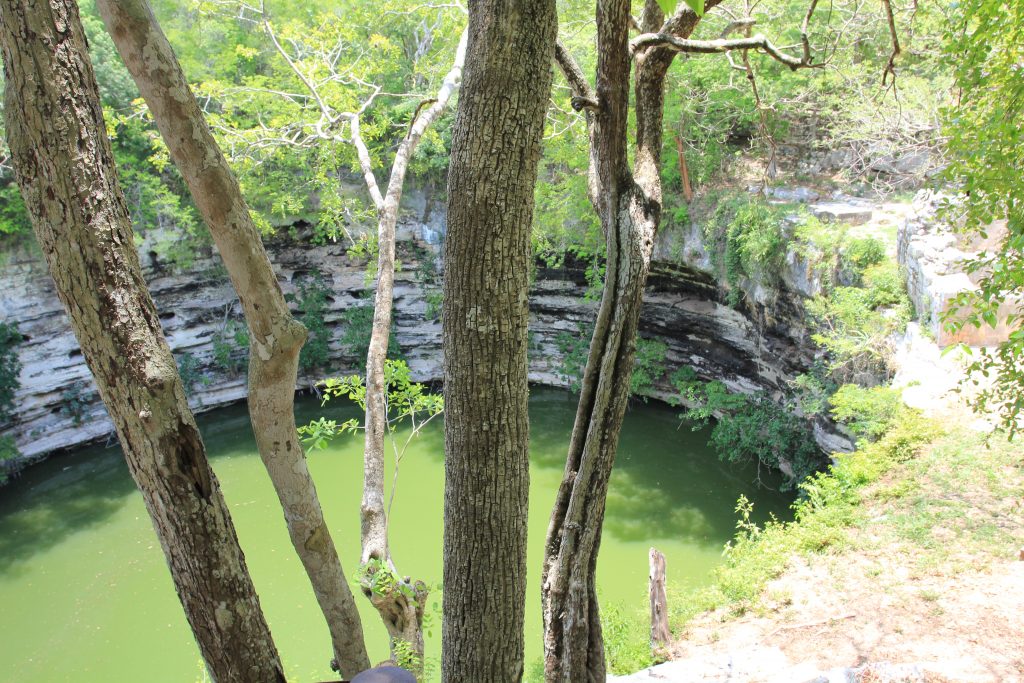
Seeing Chichen Itza was pretty amazing. Our guide, himself a descendant of the Mayans, shared many details about Mayan culture and their scientific prowess. The visit gave us a really good insight into the rich cultural heritage of the Mayans.
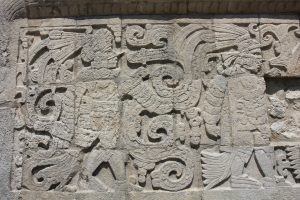
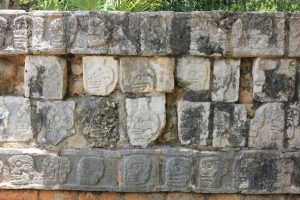
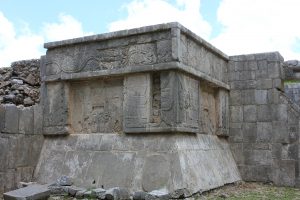

In the afternoon, tired and full of new impressions, we drove to our airbnb on the outskirts of Merida and slept in real beds.
UXMAL
Next day we drove south to Uxmal, which is another extraordinary Mayan site also a UNESCO World Heritage Site. Uxmal represents one of the most significant examples of Puuc architecture from the Late Classicism (7th-10th centuries).
Here we could see the craftsmanship of the Puuc architectural style, a testament to the Mayan civilization’s mastery of design and aesthetics. The Puuc style is characterized by intricate stone mosaics, geometric patterns and finely carved decorations.
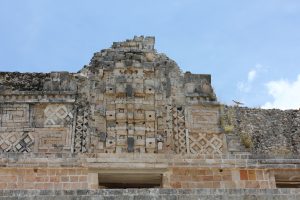
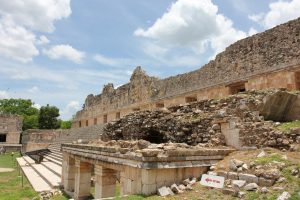
The site layout is on a larger scale than Chichen Itza and features many notable buildings, such as the Palace of the Governors, the Convent of the Nuns, the House of the Pigeons and the House of the Turtles and a ball court; all known for their beauty and impressive scale.
The Great Pyramid is distinguished by its rounded edges. The stone mosaics appear in greater detail than at Chichen Itza, introducing round shapes and a greater degree of overhang than we saw at Chichen Itza. 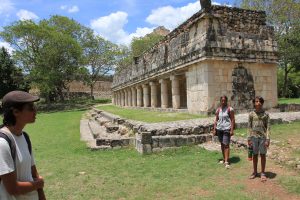
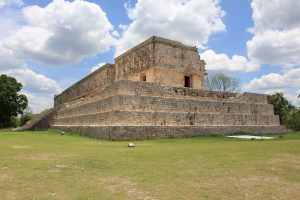
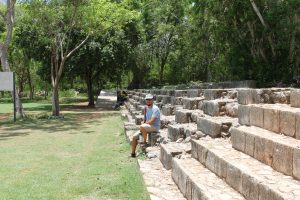
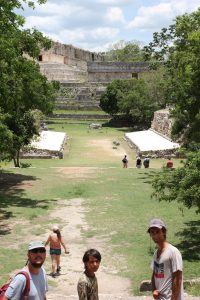
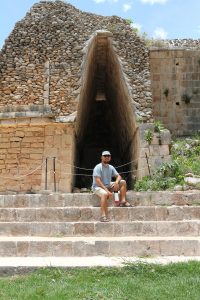
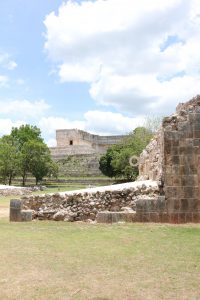
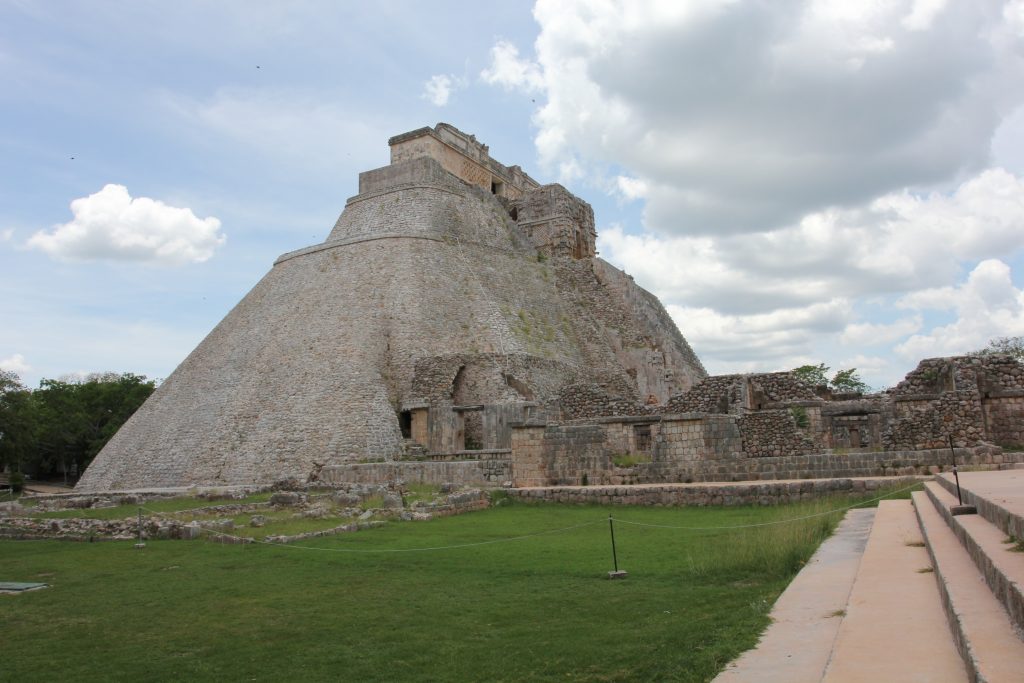
We visited Uxmal on a very hot day without a guide. There weren’t many other tourists here and we were able to walk at our own pace and look at all the details.
Cenote at Takanch Ha
On the way home on the third day, we stopped at Takanch Ha to bathe in a Cenote.
A cenote is a natural sinkhole or freshwater-filled limestone sink found primarily in the Yucatan Peninsula of Mexico, which is predominantly composed of porous limestone rock highly soluble in water. Over millions of years, rainfall and underground rivers have eroded and dissolved the limestone, creating extensive underground cave systems. Cenotes are often fed by underground rivers and rainwater, making their water remarkably pure and transparent.
Cenotes played a significant role in the lives of the ancient Maya civilization, not only used for drinking water but also in religious ceremonies and rituals.
On a warm day with temperatures of 30 degree Celcius, it was refreshing to take a swim in a cenote with pure and cold water.
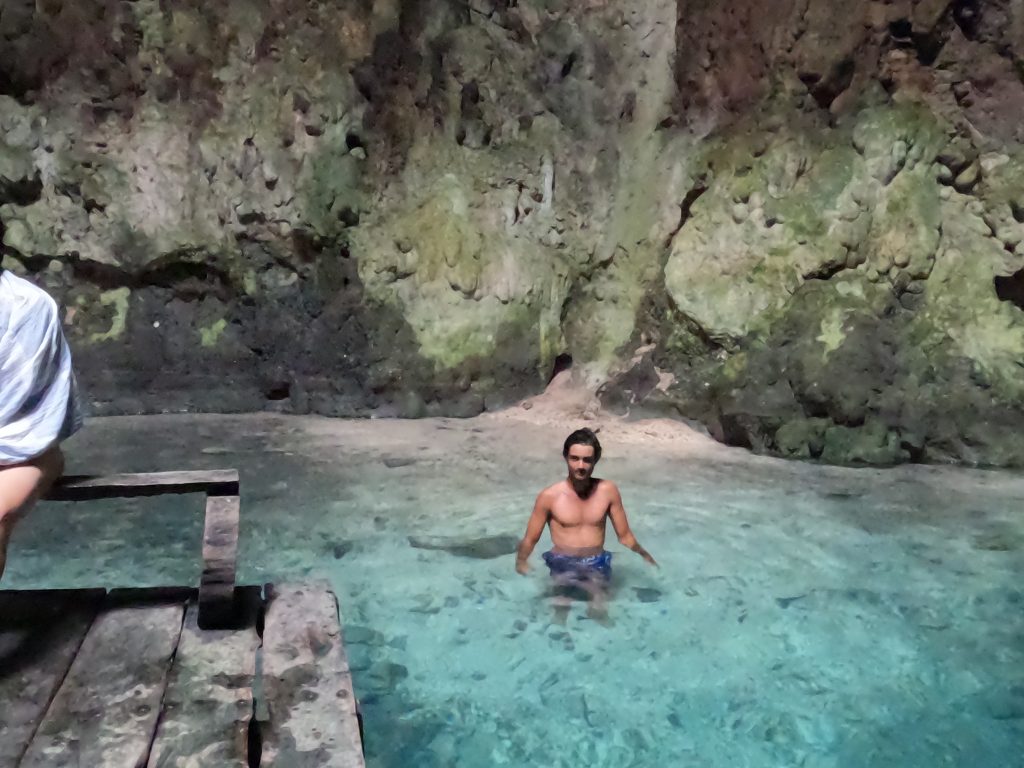
On the way back to the boat in Puerto Morelos, we stopped in Tulum for a short walk to see the town.
It was fun to have a little vacation from the “big vacation”, driving and sleeping in real beds. When we came back to the boat, we were tired, full of new impressions and insights. It was a very educational trip for us.
